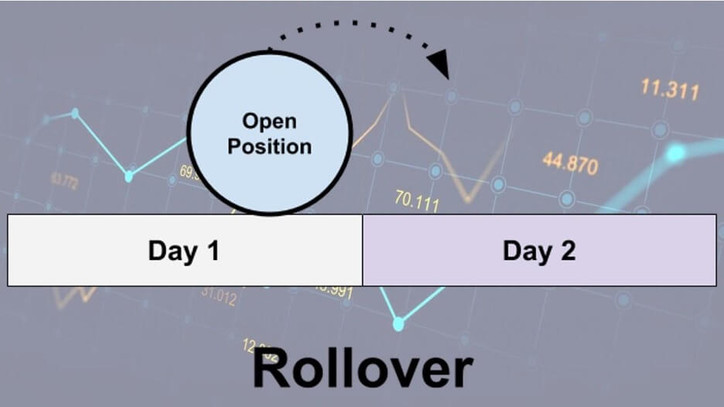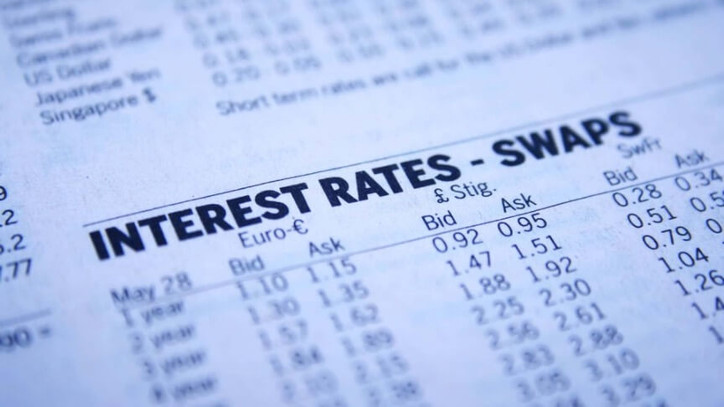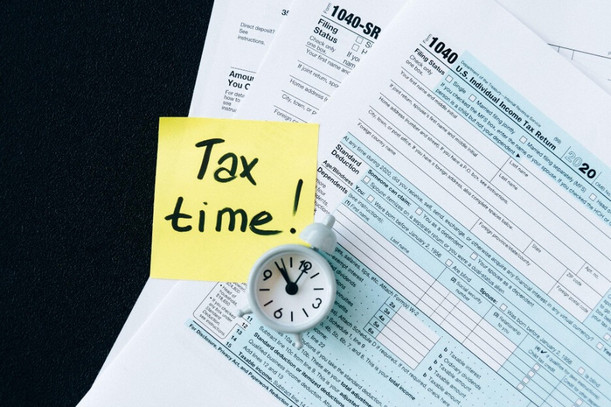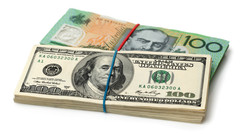A swap fee is an interest usually paid or received by a forex trader for holding an open trading position overnight. It is usually calculated automatically by the forex swap calculator, and only the change to your account on the trading platform confirms it.
Swap fees are also called rollover fees. They depend on the interest rates of the currencies you trade, and the positions opened on both currencies.
In the foreign exchange market, we have the scalpers, the day traders, the swing traders, who generally keep trades open for more than a day, and some other traders that hold the trade for longer periods.
If you are a scalper, you may never have come across the forex swap fee; only traders who practice long-term swing trading have cause to worry about the swap fee.
How Swap Works

If you go to a bank for a loan, you would be required to pay an extra percentage of the amount given to you. The extra percentage is known as interest.
Interest rates are decided by the central bank of each country depending on the economic situation of that country.
In the forex market, the same rule applies. The swap is the difference between the interest rates of two currencies.
Since you would be holding different pairs, the interest rate on each currency differs, and the interest you pay or receive on them is determined by several factors. They include:
- The currency pair you are trading
- Interest rate between the two currencies
- The direction of your trade
- Your broker's fee
Let's consider the EUR/USD pair. If you open long on EUR/USD, and the interest rate on the EUR currency is 5%, while that of the USD is 2%. In this situation, your broker will have to pay you a 3% swap fee for the unit you are trading with.
Remember that you are long on EUR and short on USD, it simply means you would pay 2% on the USD, and get 5% on the EUR. This means that the reverse would be the case if you short EUR and long USD on the same interest rate. If your position is still open at the end of the trading day, your broker will either charge or credit you after calculating your swap.
Can I Make Money From Swap in Forex Trading?
When a new trader hears of swap fees, the first thought is usually how to avoid paying them. This shouldn't be the case at all; it is possible to make money with swap, you just need to find high and low-profit pairs.
Some high-interest currencies are the Australian dollar (AUD) and the New Zealand dollar (NZD). While low-interest currencies include the Japanese yen (JPY) or the euro (EUR).
If you buy a high-interest currency for a low-interest account currency, you will earn positive swap interest.
However, have it in mind that the financial economy of any country could fluctuate at any time.
Calculating the Forex Swap Rate
A key parameter to calculating your swap fee is the interest rate differential.
When the interest rate of the country whose currency you are buying is more than the interest rate of the country whose currency you are selling, what you get is a positive swap, and in that case, the broker will credit your account with the difference.

When the interest rate of the country whose currency you are selling is more than the interest rate of the country whose currency you are buying, your account will show a deduction for the difference.
The forex swap calculator can be used to achieve this, but for a better understanding of how a swap fee calculation work, here is the general formula:
Swap rate = (Contract x [Interest rate differential - Broker’s mark-up] /100) x l(Price/Number of days per year)
Using the formula and our previous interest percentage for a buy position:
Let's assume that the EUR/USD is trading at 1.2500, by going long on the EUR/USD you would be buying EUR and selling USD. This means that you would essentially be buying €100,000, which earns an interest of 5% using USD with a 2% interest rate.
If the broker charges a 0.25% mark-up, you will subtract it from the formula since the interest rate of the currency you are selling is lower than that of the currency you are buying.
Swap rate = (Contract x [Interest rate differential - Broker’s mark-up] /100) x (Price/Number of days per year)
Swap Long = (100,000 x [3 – 0.25] /100) x (1.2500/365)
Swap Long = USD 9.42
However, you can make use of this forex swap calculator for quick results.
How To Avoid Paying Swap Fees

1. Trade in Direction of Positive Interest.
Trade only in the direction of the currency that gives a positive swap.
This might not always be possible as you could be losing in a trade and it wouldn't be worth it if the currency gives a positive interest, but you end up at a high loss in your overall trade.
2. Close All Positions Before the End of a Trading Day.
You will be able to avoid the swap fee if you close a trade before the rollover time.
However, you should not decide to become a day trader because of the swap, only do that if your strategy and your performance results require that you do.
In conclusion:
The topic of swap fee in forex is important and should be a must-know for old and new traders. This, however, requires that you learn the interest system and stay updated at all times, as they are subject to change.
Many traders make money not only from their trades, but also from the interest rate difference between their overnight open positions, and you shouldn't be left out.
Irrespective of your knowledge, leaving a trade overnight will bear the same consequences. Being ignorant of the swap fees could lead to great loss.
To make a positive swap fee, be conscious of;
- Your trade currencies
- The interest rates
- The differences between the currency's interests
- Your trading direction
Brokers are known to make high commissions from swap fees, and it could be a source of worry for traders, but if you know exactly how it works, you would also be able to properly profit from it.





